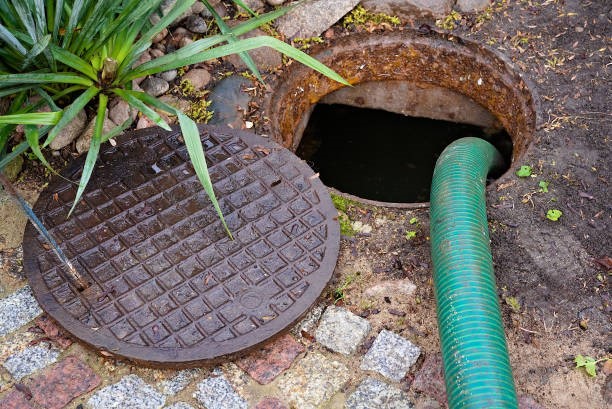Most of the homeowners in Australia flush and forget about the septic tank. However, you have to learn more about sewage tank maintenance to keep the hygiene in your premises. If you are building your home or moving to a new city, you must deal with this issue. Maintaining your sewage tank is an important aspect of home ownership. It’s not a job that most people look forward to, but it’s a necessary one. By following these simple steps, you can keep your sewage tank running smoothly and avoid any costly repairs.
Table of Contents
How a Septic System Works
The Septic tank does not have a complex structure. Generally, it has two parts: Field Lines and Leach Lines.
The septic tank is a large concrete structure that goes into the ground. Field lines and leach lines are long perforated pipes buried 20 inches in the ground and connected to the septic tank.
Waste from a household enters into the septic tank through a pipe, and in the tank, it separates into three distinct layers.
- The solid waste sinks into the tank.
- Liquid flows out to the field lines.
- Lighter solids (fats and greases) float on the top of the liquid. It is also called effluent.
This effluent has harmful bacteria even if it goes into the field lines. It seeps down to the groundwater. However, when it seeps down, the layers of rock and sand purify the dirt of this effluent.
What about the Solids in the Tank?
After the solid sinks to the bottom of the tank, the microscopic bacteria digest the solids. These bacteria reproduce in the tank and consume waste to reduce its volume. When the solid build up enough in the tank, you need to pump it up. You
Should call septic tank cleaning services in your locality. However, this does not happen often.
Some signs indicate you need a service.
- Green patches near the septic tank.
- Gurgling pipes
- Slow draining
- Bad odors
- Pooling water in the yard
If you find any of these signs, you should not neglect them. Please call sewage cleaning services for a plumbing inspection.
What Can Go Wrong with a Septic Tank?
Septic tank is easy to maintain, but sometimes it creates problems and disturbs the health of your family. Here are some of the problems related to an unhealthy septic tank. However, these are possibilities; it occasionally happens in a few houses.
Sewage Backing up
If the tank is full, it starts backing up. Sometimes the sewage water breaks into your house. It mainly happens when sludge builds up in the drains and tank.
The first indication could be a slight odor in the septic tank yard. If you neglect, your shower, sink, and drains can result in sewage water.
Clogged Field Lines
The septic tank overflows solids into the field lines, and it can be as bad as having sewage in your house. It starts to break the plumbing system of your property. The only solution is to replace the lines. Indeed, it is a very expensive repair.
Damage to Field Lines
Field lines are not dug deep in the ground, so they can be damaged. If someone drives a heavy vehicle in the yard, the field line can be damaged. As a result, it starts backing up.
It can also be damaged because of tree roots invasion. The leach lines have many places for seeping out water. If the tree roots block the places, it creates problems.
However, if you learn about sewage tank maintenance, you can avoid such problems, and you will not have to worry about sewage backups.
Sewage Tank Maintenance Costs
You have to bear some expenses associated with the maintenance of septic tanks. Though it is not a monthly fee, you have to spend it every three to five years.
You should hire a professional cleaning service provider for a plumbing inspection; they assess the situation, inspect the plumbing system with industry-grade equipment and tools, and provide you with a report card.
Septic tank cleaning is not about emptying the tank. The signs we have discussed in this post are just some basic indications, but only professionals can find out the actual septic tank-related problems.

